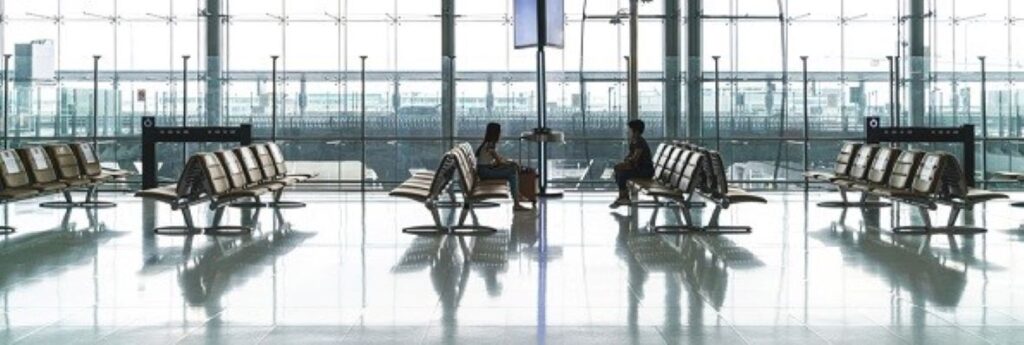The good news: Economic data from the World Tourism and Travel Council has revealed small yet positive job gains in tourism due to the return of domestic travel in a number of markets. The bad news: A staggering 174 million travel and tourism jobs could still be lost in 2020 if international barriers to global travel remain in place.
The global job loss figures caused by the pandemic contrast with a forecast in June of 197 million. However, with 143 million jobs already affected, the WTTC says another 31 million hang in the balance this year – the equivalent of half a million jobs every day between now and the end of the year, or almost the entire population of Atlanta or Lisbon.
The WTTC says the small gains shown since early summer are largely driven by the return of domestic travel in countries such as China, which has shown a particularly strong recovery of its domestic market. It has also implemented a comprehensive testing and contact tracing program, alongside health and hygiene protocols, further contributing to this significant increase.
However, WTTC President and CEO Gloria Guevara points out that job 22 million jobs were still lost globally during the summer alone.
“This is devastating news,” she says, adding, “Our latest data reveals the gravity of the long-term negative impact facing the global Travel and Tourism sector if we don’t work together to resume international travel immediately.”
Guevara says the travel sector’s recovery will be delayed even further, with more jobs lost, unless quarantines are replaced with rapid, cost-effective testing at airports on departure, and air corridors.
“The longer we wait, the more the ailing Travel and Tourism sector faces total collapse,” she says.
Recently, the WTTC presented the “100 Million Jobs Recovery Plan” to G20 tourism ministers at a summit in Saudi Arabia. The “game-changing plan” covers a range of key initiatives based on securing strong international coordination to re-establish effective operations and restart international travel.
Measures include eliminating quarantines and other travel barriers through the implementation of an international testing regime, combined with rigorous health and safety protocols designed to enable the world to adapt to living with the COVID-19 virus while minimising the risk of it spreading further.

